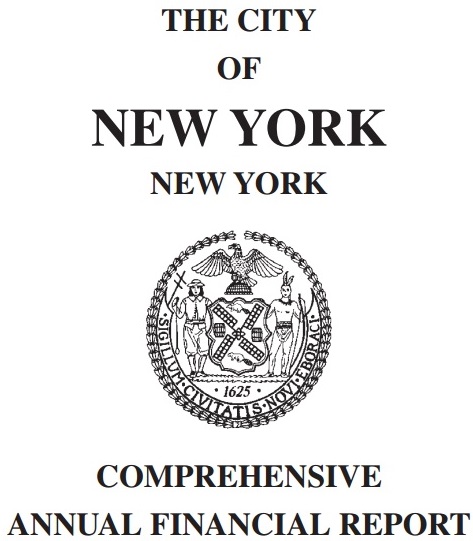
Look, we all have our favorite part of each year’s New York City Comprehensive Annual Financial Report. Take the 2015 edition (at left). First, you spend several minutes just trying to take in everything the cover is trying to tell you. Look at the size of that eagle! It’s big enough for the Dutch dude to ride. You ask yourself, “Is ‘civitatis’ some sort of chronic disease, and is my reading this report proof that I have it?” And yes, if you stare long enough at the city seal, the windmill blades start to move. Trust me, it’s very unnerving.
Then you dive into the text:
The dramatic increase in proposal volume in Fiscal Year 2015 reflected the launch of the Boardroom Accountability Project, an ambitious initiative led by the City pension funds to make boards of directors at U.S. public companies more diverse, independent, and accountable by promoting a fundamental governance reform called “proxy access.”
You’re darn tootin’ it does! And then … wait for it …
Proxy access would give investors a meaningful voice in director elections by requiring companies to include shareowner-nominated director candidates in the company proxy materials, and on the company ballot, that is furnished to all shareowners.
Can I get an amen?
OK, so the CAFR, as it’s lovingly known, isn’t for everybody. Or, really, anybody. Luckily Comptroller Scott Stringer today unveiled the PAFR, for Popular Annual Financial Report, which summarizes to 24 colorful pages what the CAFR takes 422 pages to detail.
Thanks to the Independent Budget Office, CheckbookNYC and other agencies and tools, New York City’s finances are much easier to access and understand than, say, the state’s. But it can still be hard to find simple numbers that describe how the whole machine works. The PAFR offers that. Check it out here, at least until CAFR 2016 comes out in paperback.

Office of the Comptroller
A chart from the PAFR.







